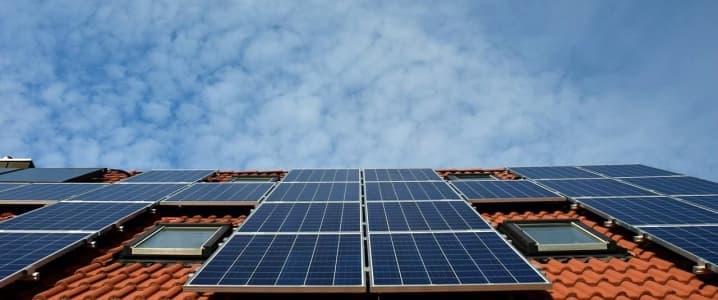The end of this year will see the beginning of a phase-out for the Investment Tax Credit that was introduced more than a decade ago and spurred a true boom in solar installations. This is making solar companies jittery as they hold onto hope waiting for the Renewable Energy Extension Act that would keep the ITC at 30 percent.
Wired’s Daniel Oberhaus quotes the chief executive of the Solar Energy Industry Association as saying the subsidies had enabled the creation of almost 250,000 jobs, a 10,000-percent surge in solar installations since 2007, and US$140 billion in investments. Now, the phase-out of the subsidies is threatening future investments.
There is not a whole lot of hope for the extension bill. According to the CEO of SunPower, Tom Werner, the likelihood of the bill clearing all obstacles is only about 30 percent. As a result, the industry is preparing for the phase-out.
According to Oberhaus, there is an alternative to the ITC: another form of subsidy called a production tax credit. It is what the wind power industry used for its initial growth spurt, but the 2008 financial crisis hit the industry hard as investors had no ITC incentive to contribute to the steep upfront costs of wind power projects.
Production tax credits could also be better for cutting emissions, Oberhaus notes, referencing a Cornell University economist, Todd Gerarden, who explained the reason in the simplest terms.
“Wind farms operating on a production subsidy are incentivized to produce as much energy as possible. To the extent that the amount of electricity produced by wind farms reduces the amount of electricity produced by fossil fuels, production tax credits are therefore more effective at reducing pollution.” Related: Low Solar Panel Prices Spark Surge In Adoption
This logic certainly makes sense not just for wind power but for solar as well. Someone has yet to propose a bill along these lines, however. More importantly, the bigger problem for the U.S. solar industry would remain--it seems it cannot survive without subsidies.
Studies arguing solar power is becoming increasingly cheaper and will soon be able to compete with fossil fuel generation capacity on equal terms abound. News reports rejoicing about grid parity—the level at which solar power costs as much as fossil fuel power—are frequent. And yet, U.S. solar companies are worried about their long-term survival in the absence of subsidies.
They have every right to be worried, but the focus of this worry seems to be the wrong one. Proponents of solar energy argue it is only a matter of time before solar become cheaper than coal, oil, and gas. It would probably be smart to focus on shortening this time in addition to hedging against subsidy phase-outs. After all, if you don’t need subsidies you are not vulnerable to their removal.
As to whether it is at all possible for solar to achieve grid parity with fossil fuels: it is. A recent study into China’s solar industry found just that. Solar had reached cost parity with fossil fuels across 344 cities. In 22 percent of these cities, solar was in fact cheaper than coal. Subsidies helped with this, the authors of the study acknowledged. And then Beijing last year removed them, leaving the solar industry to fend for itself. Sometimes, this might not be such a bad thing in the long run.
By Irina Slav for Oilprice.com
More Top Reads from Oilprice.com:
- China Still Reluctant To Buy U.S. Crude Oil
- Oil Prices Crash On Recession Fears
- China Prepares Its “Nuclear Option” In Trade War


















